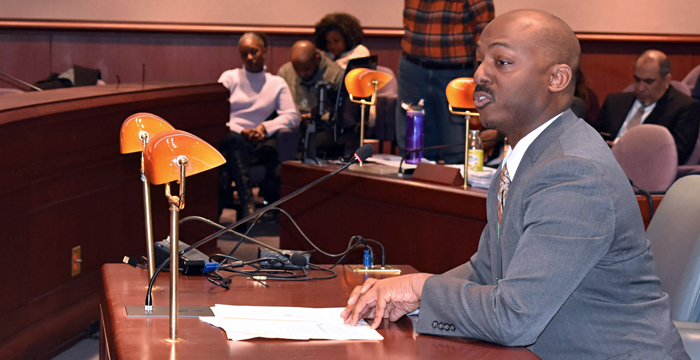“Our students would only benefit from having more opportunities to learn about the culture, struggles, and contributions of African-Americans and Latinos throughout history,” Waterbury teacher Sean Mosley told the legislature’s Education Committee at a hearing today. He was speaking out on two bills that would ensure the inclusion of African-American as well as Puerto Rican and Latino Studies in school curricula.
“CEA wholeheartedly supports House Bills 7082 and 7083 and believes integrating the history and struggles of Blacks, Puerto Ricans, and other Latinos into the state’s required curricula is long overdue,” CEA President Jeff Leake told lawmakers. “The history of these groups is tightly interwoven with U.S. history, but we have not given it the prominence it deserves.”
The Ethnic Minority Affairs Commission (EMAC) of CEA strongly urges legislators to pass this and any legislation which mandates districts to include studies pertaining to populations which have historically been underrepresented and disenfranchised,” testified Mosley, who serves as the chair of EMAC. “We will keep advocating for these and other bills alike each session until we see an improvement in cultural competency in the curricula of all of Connecticut’s school districts.”
Mosley added that the student population in Connecticut is becoming increasingly diverse across all districts, making it all the more important that school districts implement content which directly addresses the cultural heritage of a significant portion of students

CEA President Jeff Leake
Leake stressed to legislators that, should these bills pass as he hopes they will, CEA would like the opportunity to work with the Connecticut Department of Education and other stakeholders on implementation to ensure teachers are not overburdened by any requirements.
“Last year’s step in passing legislation to include Holocaust and genocide studies in school curricula was a step in the right direction,” said Mosley. “Let’s not stop stepping…and let’s keep going in the right direction by including African-American and Latino studies in the curricula as well.”

